Annex 1 of ICAO gives the minimum standards and recommended practices for issuing the private pilot license. The manual describes the skills that the applicant has to acquire before getting a license. This PPL (private pilot license) is for airplanes, airships, helicopters, or the powered-lift categories.
Licensing criteria
Prerequisites
The applicant must meet the requirements of minimum age, experience, and medical fitness. The experience for flight the flight crew is measured in flight hours and years of duty for ground personnel.
Training
Classroom, operational, and simulation training is used to develop professional competence toward the license.
Demonstration of competency
After the prerequisites and training the applicant has to demonstrate their competency before issuing the licence. That competency is checked through a written exam and operational assessment (aircraft flight test).
Currency
After getting the licence it must be kept current. This means that pilot must continually practice and complete assessments of their knowledge and skills throughout their careers.
Privileges for the private pilot license
The PPL holder acts as unpaid pilot-in-command (PIC) of an aircraft on non-revenue flights during daylight hours in good weather conditions. Participate in search and rescue missions. Asked for the pro rata for the operational cost of the plane during a flight with a passenger. Also, act as pilot in command for towing gliders and unpowered ultralight vehicles. Other privileges for private pilots are:
- Carry passengers
- Mayfly in connection with a business if the flight is not incidental to that business or employment
- Allow to fly at night
- Allow to fly into bordering nations
- Allow to fly out of all public airports, including Class B
- Allow to act as pilot in command in some limited, circumstances (CFR 91.146)
- For more privileges check the 14 CFR part 61.113
Limitation for private pilot license
- The pilot is only allowed to fly that aircraft on which you have appropriate training and a certificate
- The pilot has to pay an equal operating expense share of the flight with passengers
- The pilot isn’t allowed to fly in conditions that is not suited to visible flight unless you have an instrument rating
- The pilot has to get approval to fly in certain control area
- The pilot cant be hired for the transport of passengers or property
- The pilot has to maintain its medical certificate.
Requirements
The age of the applicant applying for the PPL shall not be less than 17 and proficient in English. The pilot would have a level of knowledge that is appropriate to the category of aircraft included in the license and also the privilege that a PPL holder gets.
Knowledge
The PPL holder knows the rules and regulations of the air, altimeter settings procedures, and air traffic services relevant to the license. The applicant must have general knowledge and operating limitations about the relevant category of aircraft. Which includes principles of operating and functioning of engines, instruments, and systems.
The knowledge and understanding about planning and loading, mass and balance calculation on flight performance. The pre-flight and en-route flight planning that are relevant to private operations under VFR. That includes preparation and filling of air traffic services flight plans, position reporting procedures, altimeter setting procedures, and operations in areas of high-density traffic. The knowledge about usage and procedures for obtaining meteorological information, and avoiding hazardous weather conditions. The usage of aeronautical carts for air navigation and dead reckoning.
The private pilot has a clear understanding of the principles of flights and the communication procedures and phraseology for VFR operations. Also what actions are taken during the case of communication failure? Last but not least the pilot knows the principles of threat and error management (TEM) techniques. For more information regarding human performance and TEM see the doc 9683 ICAO Human factor training manual.
Skills
The pilot would be capable enough to recognize and manage threats and errors. The doc 9683 ICAO gives details information on how to give training regarding human factors. The next skill is operating the aircraft within its limitations, completing all the maneuvering smoothly and accurately. The pilot would have good judgment and airmanship. And capable enough to apply aeronautical knowledge and maintain control of the aircraft during flight.
Medical Fitness
The pilot shall hold the current class 2 medical assessment.
Experience
The private pilot holder must complete 40 hours of flight time. In which 20 hours with an instructor and 10 hours of solo flight time under the supervision of an authorized instructor, including 5 hours of solo cross-country. With at least one solo cross-country flight not less than 270 km (150 NM) at two different aerodromes with full stop landing.
Flight instructions
The instructor has to ensure that the applicant has operational experience which is required for the private pilot in at least the following areas:
- Determining and managing threads and errors
- Pre-flight operations i.e. airplane inspections and servicing, mass and balance determination
- Aerodrome and traffic pattern operations, collision-avoiding precautions and procedures
- Controlling the aircraft with visual references
- Flight at critical low and high airspeed
- Normal and cross-wing take-off and landing
- Short field take-off and landings at maximum performance
- Cross-country flying with visual reference, dead-reckoning or radio navigation aids of available
- Flight solely with instruments, including the completion of a 180-degree turn
- Emergency operations, including simulated airplane equipment malfunctions
- Communication procedures and phraseology
Private pilot license cost
Flying hours
The applicant proceeding for the license has to pay for the airplane expenses which mostly include its fuel and maintenance. The airplane hours is the time when the engine is turned on till it’s turned off. So, it depends on which plan the applicant is getting training. Also, most pilots require 60 – 75 flight hours before they are competent for PPL.
Instructor time
The other thing that the applicant is paying is instructor time which is also calculated in hours. So, all that time which you spend with your instructor on air or land has a cost.
Supplies
Supplies include your headset, logbook, fly bag, aviator sunglasses, kneeboard, chart, flashlight, etc. Cost of all these are included in the applicant’s expenses.
Medical, written, practical exams cost
For private pilots, the medical assessment required is of class 2. The aviation medical examiner (AME) issues the certificate which cost depends on the doctor, location, and whether you need an EKG. But probably it’s between $75 -$200.
Written tests include the aeronautical knowledge test and other practical tests that applicant need to pass to obtain the license.
So, the average cost which a private pilot requires to earn the license lies between $8,000 – $14,000.
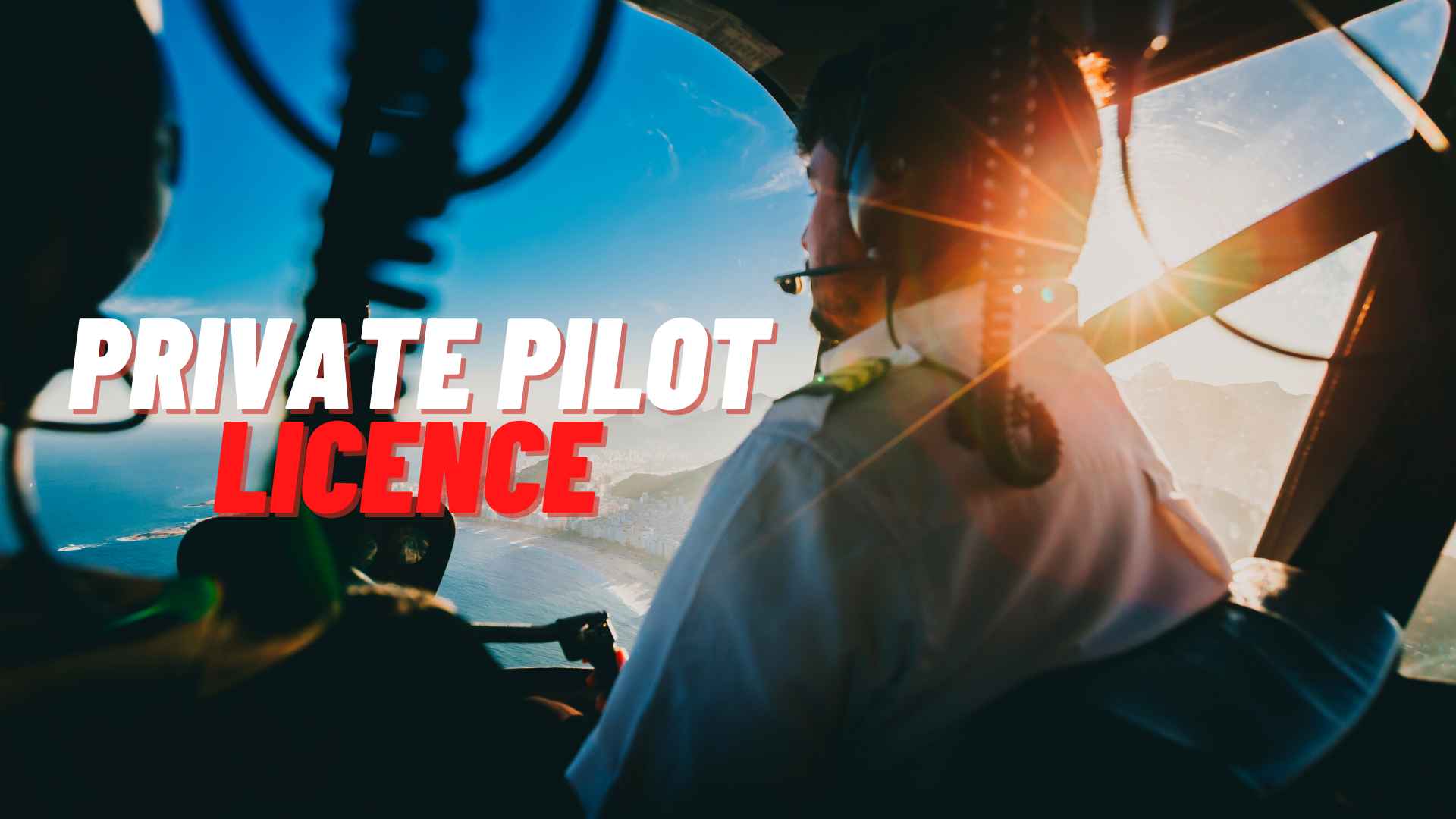
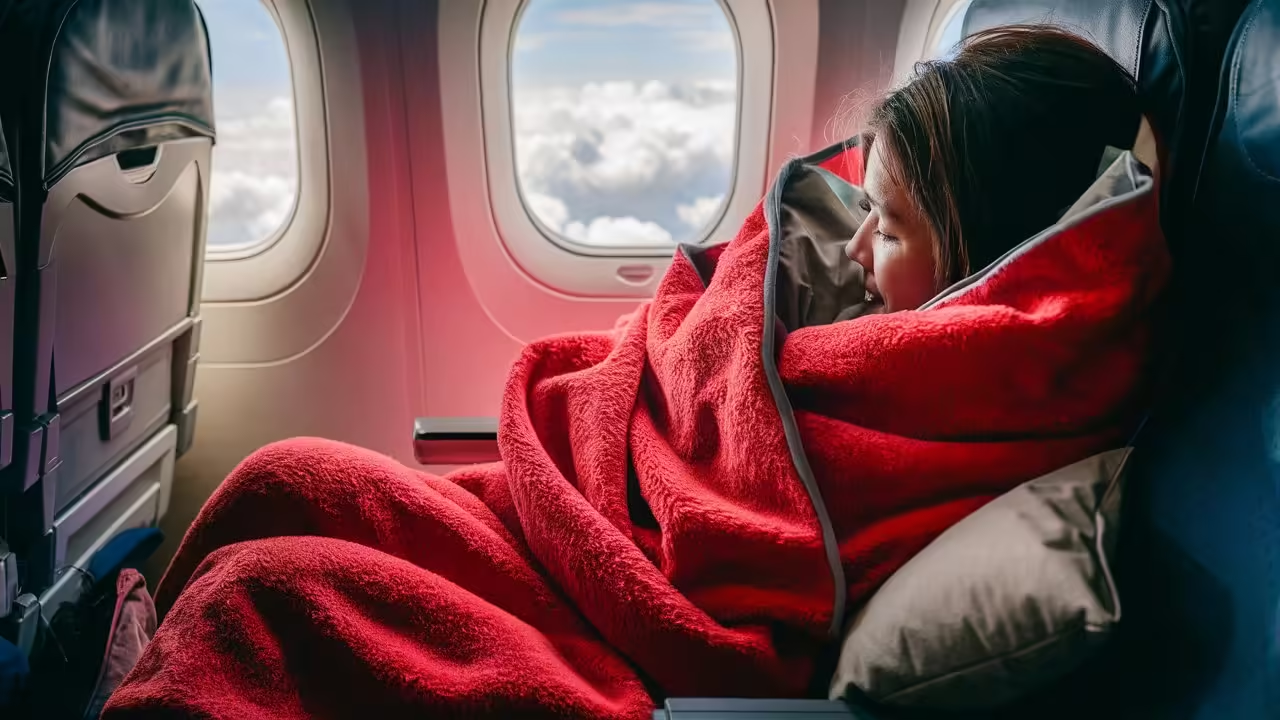
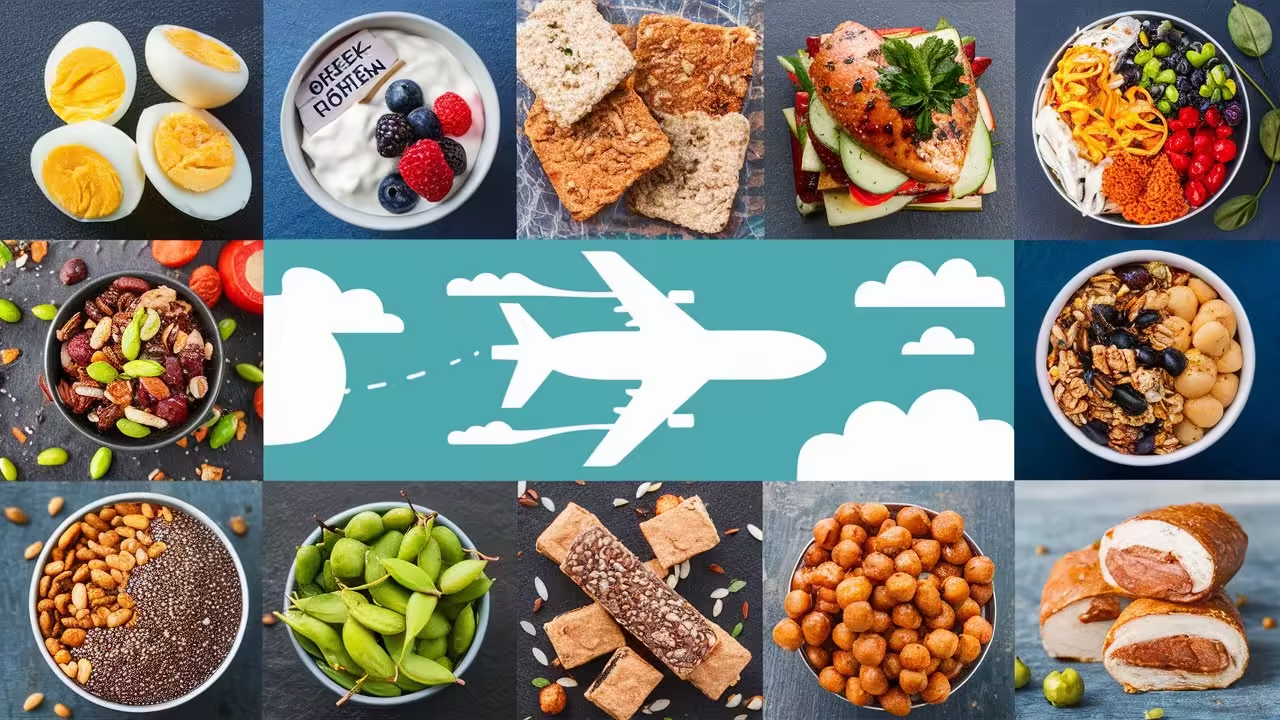
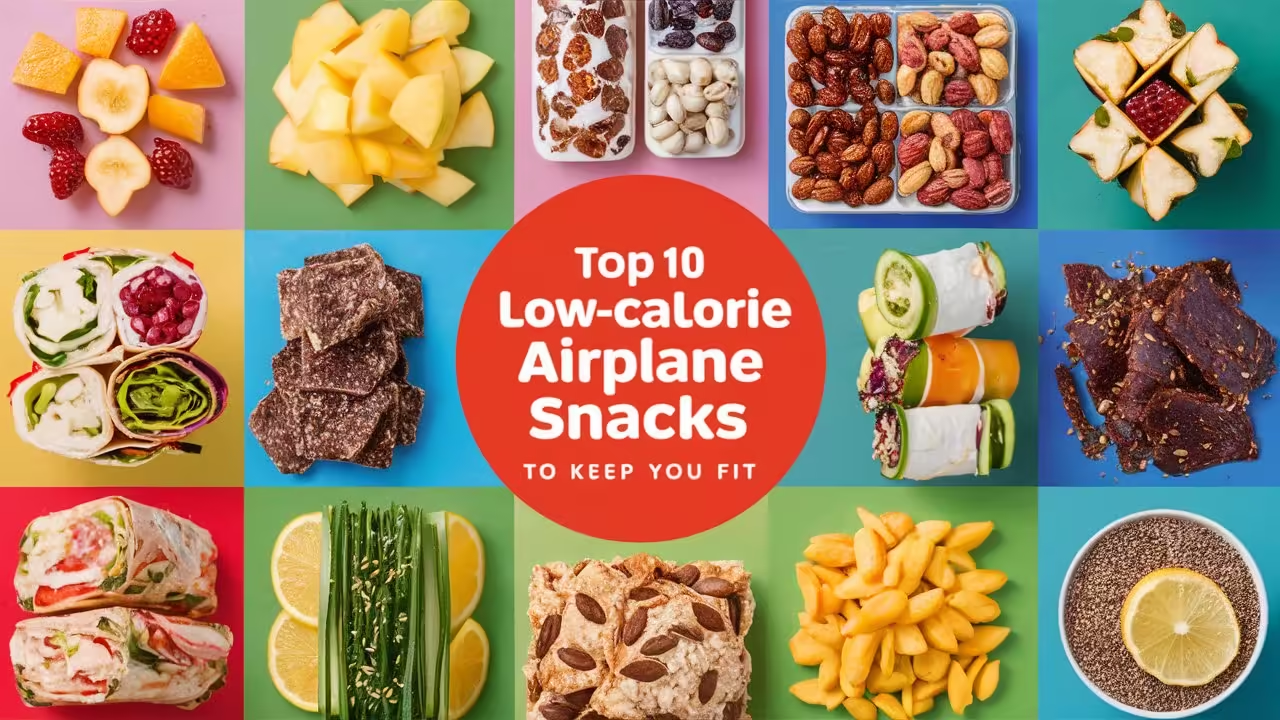
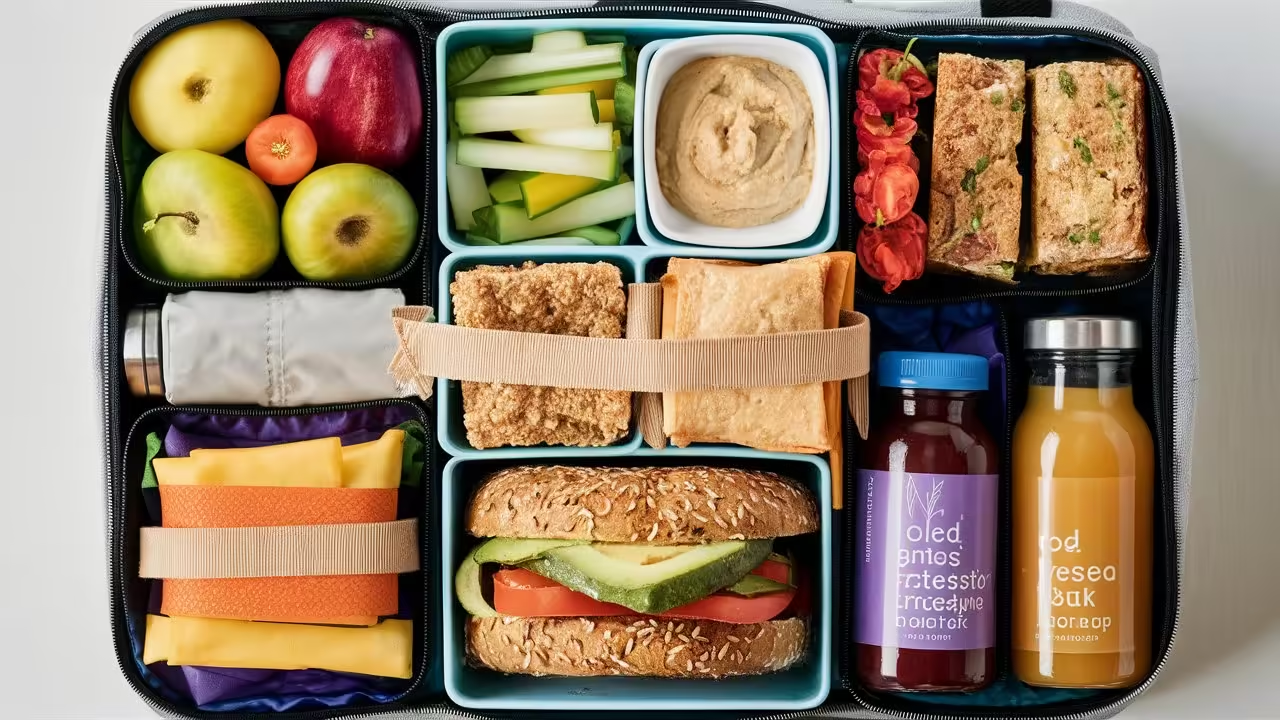


Leave a Reply